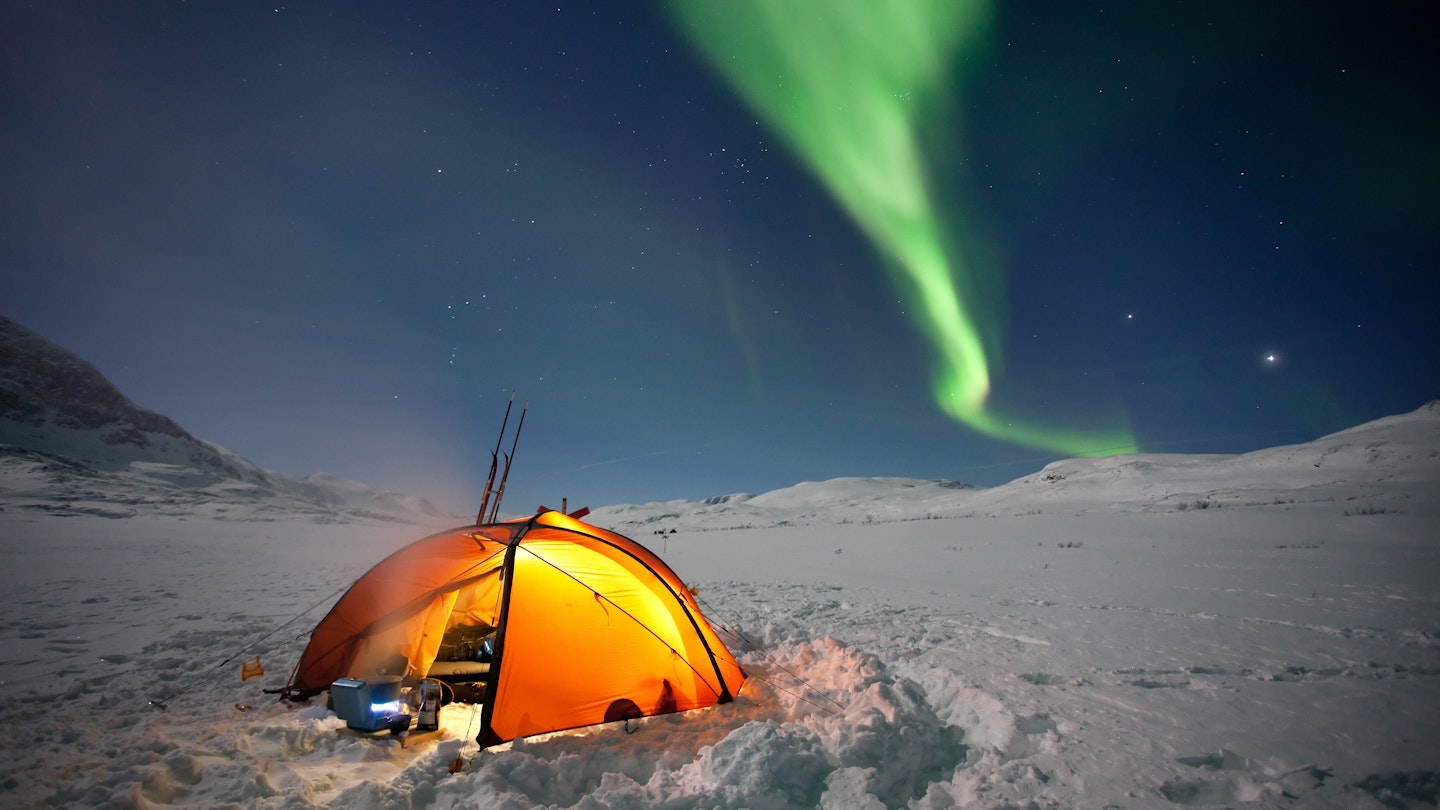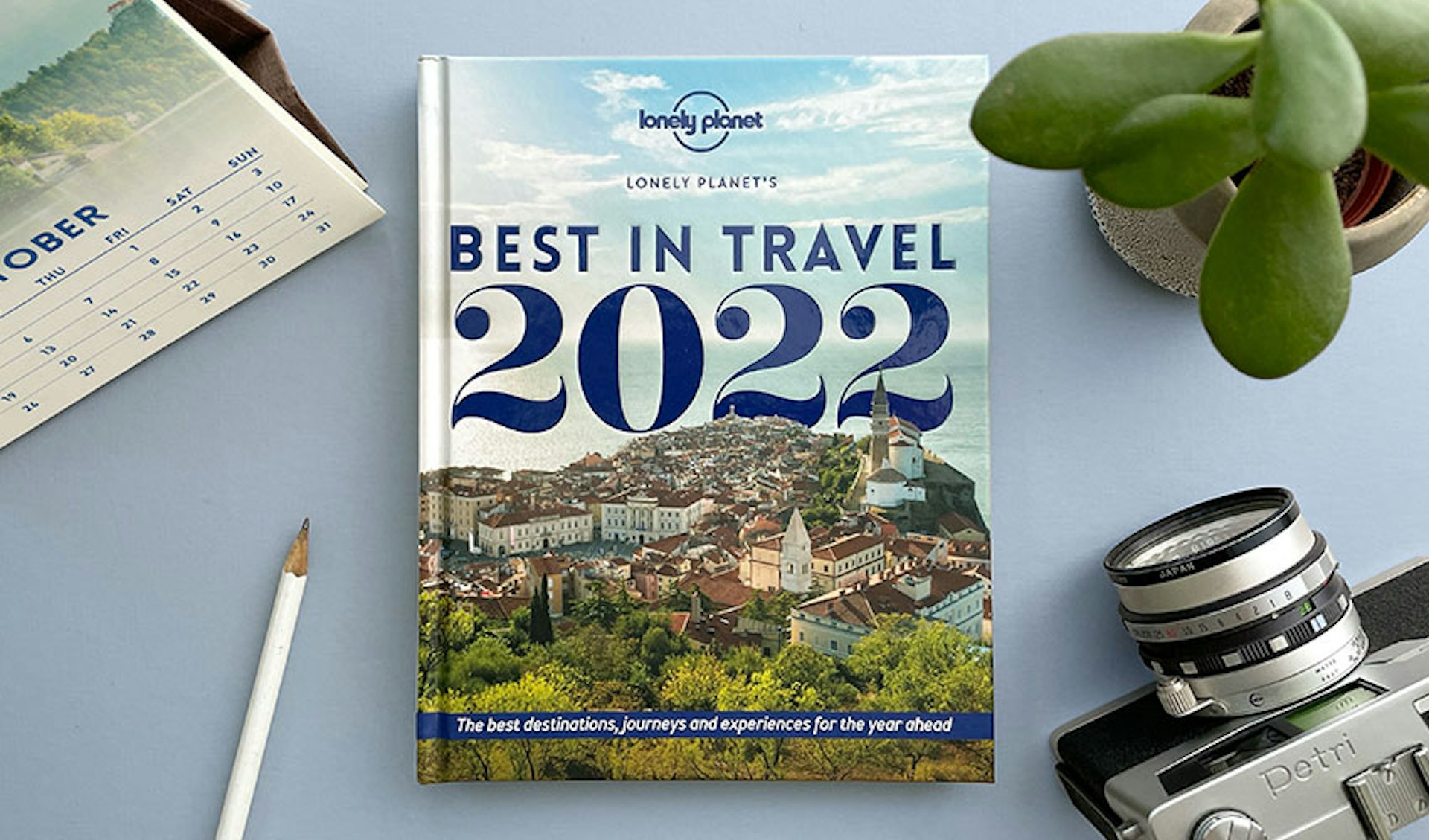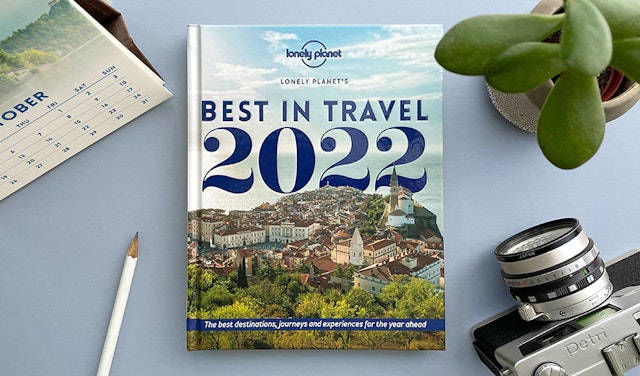Following a global pandemic that has ground international travel to a halt for more than a year, the thought of a dream trip to see the spectacular aurora borealis could serve as a light (literally) at the end of the tunnel for many travelers.
The ongoing COVID-19 pandemic and the rapidly-spreading Omicron variant have put many potential travel plans in flux, but glimpsing the ethereal cosmic display could be possible this year—if you’re happy to jump through a few hoops. Here’s our guide on how and where to see the northern lights this winter.

Where is the best place to see the northern lights?
Once you’ve decided you’re ready to tick seeing the northern lights off your bucket list, the next decision is where to go.
Rodney Viereck works at the National Oceanic and Atmospheric Administration (NOAA) – a US government body that specializes in monitoring weather and atmospheric conditions. According to him, spots like Fairbanks in Alaska, Whitehorse, Yellowknife and Churchill in Canada, and Iceland and northern Norway are all safe bets.
The NOAA website has additional tips on where to view the aurora with links to maps that show where the light show can be seen. But overall, Rodney has some pretty simple advice for aurora hunters: “be patient and go north”.
Clear skies are a must for viewing the lights and, of course, staying in a destination for as long as possible will help increase your chances of spying them. The best time to see the lights differs slightly by country, but, in general, the peak season is between November and March.
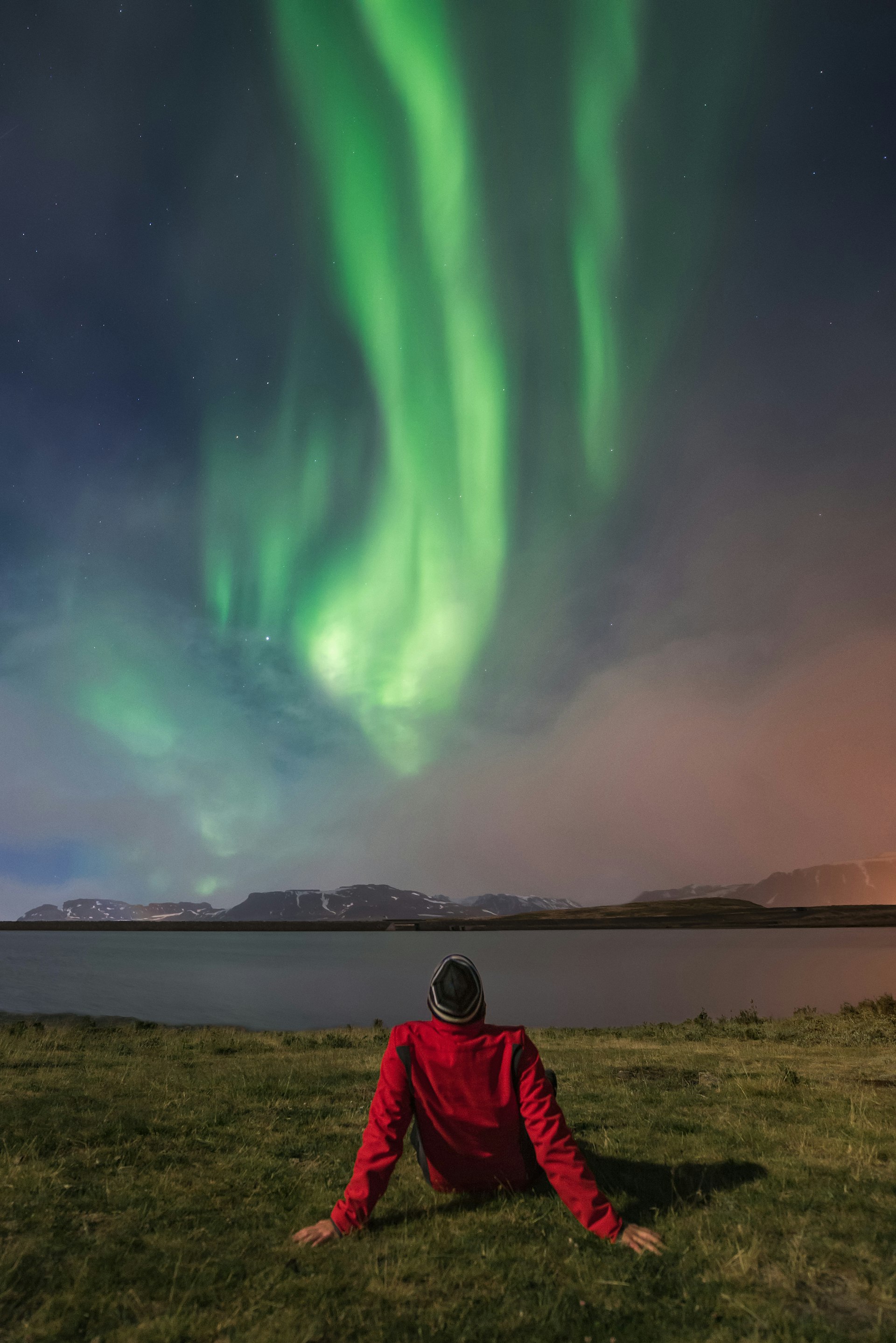
Which countries are allowing tourists to enter?
Arguably the biggest barrier to your chances of glimpsing the aurora borealis this winter is not atmospheric.
COVID-19 restrictions mean travelers will find themselves unable to visit some of the countries where the northern lights are most visible, as surges in cases and the related restrictions often coincide with colder temperatures. It’s essential to stress COVID-19 border rules change frequently and at short notice. Please check official sources and the resources below for the latest restrictions.
- Iceland: Lonely Planet's up-to-date travel to Iceland health and safety hub.
- Norway: Norway's government website.
- Alaska: CDC's international travel guidelines.
- Canada: Lonely Planet's up-to-date travel to Canada health and safety hub.

Is 2022 a good year to see the northern lights?
While they are famously a night-time phenomenon, the northern lights are actually influenced by the activity of the sun.
According to Rodney, the sun goes through a roughly 11-year cycle, which includes three to four years of solar maximum. This creates a lot of northern lights activity, followed by a couple of years of transition, then three to four years of solar minimum.
The solar minimum occurred in December 2019, which kicked off the start of a new solar cycle, known to experts at NOAA and NASA as Solar Cycle 25. We’re currently closer to the minimum and will ramp up to the next expected maximum in July 2025.
Read more: Catch the northern lights from your ice hotel: Norway's Far North is the ideal winter playground
Can I still see the northern lights during the solar minimum?
Luckily, there is a benefit of being closer to the solar minimum—it means that the lights can actually be more predictable. In the solar maximum, the sun is more “active”, leading to northern lights that are caused by solar flares and coronal mass ejections (CMEs). However, these auroras are sudden and short-lived.
But there’s another phenomenon that causes the northern lights—coronal holes. Those can last for months, and, as Rodney explains: “as the sun rotates every 27 days, we can get the blast of high-speed solar wind, much like someone spinning around holding a garden hose and spraying you every time they spin around. So for traveling to see the aurora, there is the added benefit of more predictability during solar minimum than during solar max. And if there was good aurora 27 days ago, then there is a good chance there will be aurora today–and then again 27 days from now.”
This means that travelers may just need to do a bit of research to optimize their chance of seeing the lights. Thankfully there are online resources where you can track auroras, like NOAA’s Space Weather Prediction Center or Europe’s Aurora Service.
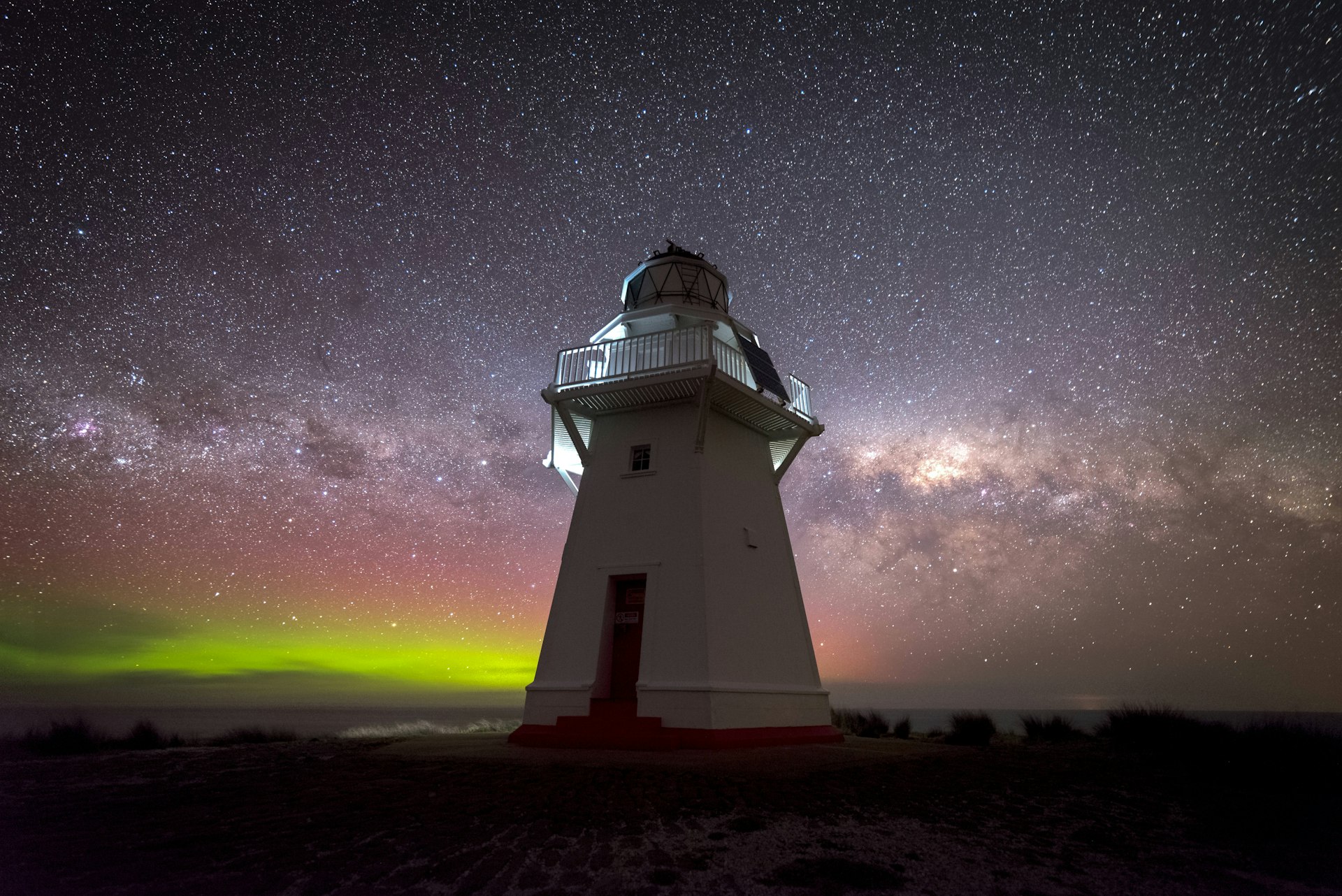
How to see the southern lights
While travel to and from Australia and New Zealand is not yet an option for most potential visitors, residents there can plan to catch sight of a different aurora.
The aurora australis—or southern lights—are the same phenomenon on the other side of the Earth. With less landmass in the south, the southern lights are perhaps less talked about as they mostly occur over water, but they can be seen over parts of New Zealand, and Australia and Tasmania.
Dr. Ian Griffin, an astronomer who is the director of the Otago Museum in Dunedin, one of the southernmost cities in New Zealand, has long been tracking the lights. The “Dunedin Aurora Nowcast” site—run out of the University of Otago in partnership with the museum—helps track the auroras for when they are visible in the region. In contrast to the northern lights, the aurora australis are usually most prominent from March to September.
You might also like:
Chase the northern lights in total darkness
Cruising to see the northern lights
Five budget destinations to experience the northern lights

